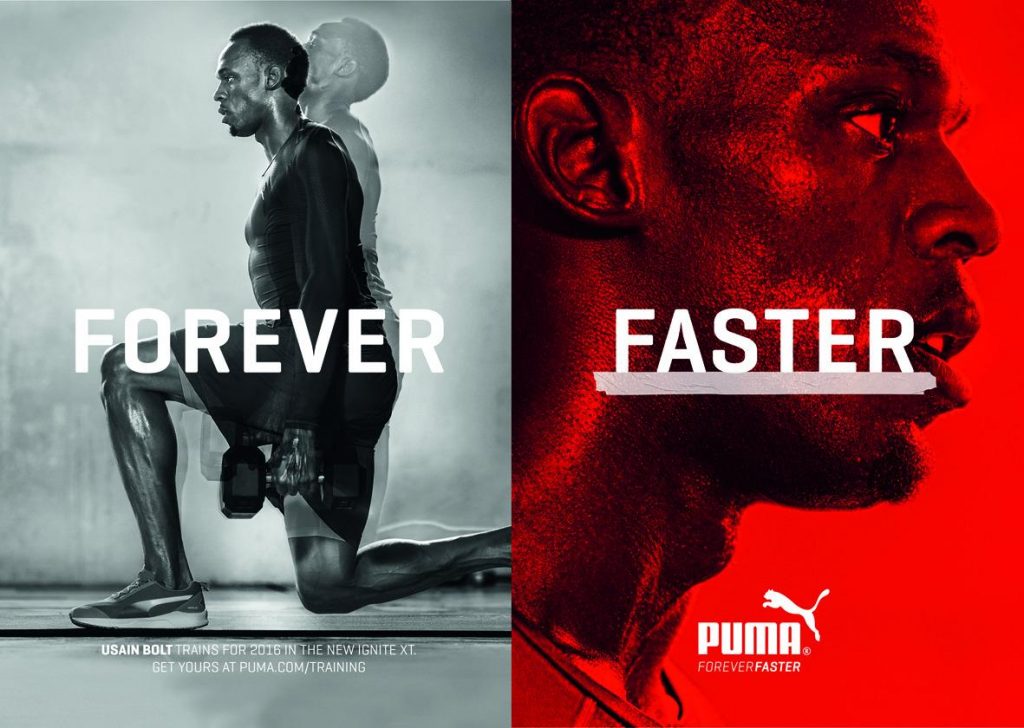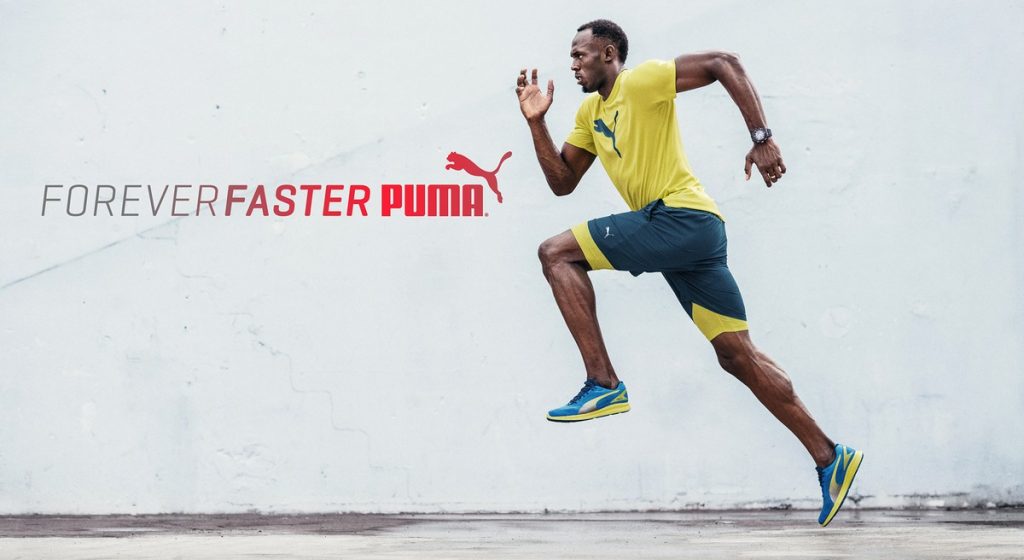The Marketing mix of Puma analyses the 4Ps of Puma, including the Product, Price, Place, and Promotions. Puma Marketing Mix is the selling model of the Puma brand that helps the company meet its marketing and business objectives successfully. The comprehensive framework and marketing mix strategy covers product diversification, product innovation, distribution, pricing, outdoor, and promotional strategies.
The German company Puma is a premium brand with substantial brand equity in the shoe industry. The reliable brand Puma maintains strong relationships with main retail partners to gain a competitive advantage over rival companies and create a solid and diversified customer base.
Table of Contents
Introduction of Puma
#Puma
- Origin Country: Germany
- Founder: Rudolf Dassler
- Founded: 1948
- Headquarters: Herzogenaurach, Germany
- Employees in 2023: 14,606
- Revenue in 2023: EUR 6.8 billion
- Net Income in 2023: EUR 0.262 billion
- Global Sportswear Sales in 2023: 6.2 billion USD
- Market Cap in 2023: 8.25 billion USD
The multinational corporation Puma is the third-largest manufacturer of sportswear and one of the most renowned sneakers brands in the world. The company produces, manufactures, and designs casual and athletic Puma shoes, apparel, accessories, and sports equipment.
The company was founded in 1924 as Gebruder Dassler Schuhfabrik (Dassler Brothers Shoe Factory) but was split in 1948 to form two separate companies, Puma and Adidas.
Puma’s product mix, product innovation, the distinctive “Formstrip,” the Puma trademark, and the exclusive Puma logo have helped Puma establish itself as an innovative designer of performance products and gain a considerable share in the target market.
Puma Product Strategy
Puma’s marketing mix revolves around its product strategy, where the company offers its target audience affordable and premium-priced products. There was a time when the brand’s sole product was footwear, but with time, Puma’s strategy for product mix has increased to include several product categories.
Puma’s marketing strategy has established a strong brand image for the company in the shoe industry. The company produces and sells Puma products for basketball, football, motorsports, golf, athleisure, fitness, training and running.
Puma is known for its athletic and casual footwear, apparel, and accessories. As of my last update, Puma’s diverse product mix caters to various sports and fashion industry segments.
The new Product Mix of Puma in 2023 is as follows (Source).
- Footwear: Athletic Shoes: Includes running, training, football (soccer), basketball, and golf shoes; Casual and Fashion Footwear: Features sneakers, slides, and sandals, often in collaboration with designers and celebrities.
- Apparel: Sports Apparel: Offers a range of clothing for running, training, football, golf, and basketball, including t-shirts, jerseys, shorts, and tracksuits. Lifestyle and Fashion Apparel: Includes a variety of casual wear like hoodies, sweatshirts, jackets, and pants, often in collaboration with fashion brands and designers.
- Accessories: Sports Accessories: Sports Accessories include footballs, fitness equipment, golf bags, and protective gear. Lifestyle Accessories: Includes backpacks, bags, hats, socks, and eyewear.
- Kids’ Line: Footwear, Apparel, and Accessories: Puma offers a range of products for children, mirroring their adult lines but tailored for younger age groups.
- Collaborations and Limited Editions: Puma frequently collaborates with celebrities, athletes, and fashion designers to create limited-edition collections that blend sports functionality with fashion trends.
Puma’s product mix is characterized by a blend of sports functionality and fashion, appealing to athletes and fashion-conscious consumers. The company focuses on innovation, style, and sustainability in its product design and development.
Puma Place Strategy
Puma has spread its entire product line and presence to more than 130+ countries worldwide. It has been a public company listed on the Frankfurt Stock Exchange since 1986. Puma operates with the help of international hubs such as Vietnam, Hong Kong, Somerville, and Assembly Row.
Puma’s marketing mix ensures that products of the premium brand are sold on the company’s official e-commerce sites, company-owned and operated exclusive retail stores and distribution channels, and separate shopping websites.
Puma’s marketing strategy focuses on retail expansion. It has opened new stores worldwide and operated retail stores in Europe, Latin America, North America, EEMEA (Eastern Europe, Middle East, Africa), and APAC (Asia Pacific). The Middle East has proved to be one of the best locations for the company in terms of net sales.
With its retail partner Foot Locker, Puma has developed “Puma Lab” in Europe and the US and “Shops in Shops” in North America.
Here’s the place strategy of Puma.
- Global Retail Presence: Puma strategically places its products in key global markets, utilizing a mix of company-owned stores, franchise stores, and multi-brand retail outlets, ensuring widespread availability and visibility across different regions and consumer demographics.
- E-commerce and Digital Platforms: Recognizing the growing importance of online sales, Puma has invested significantly in its e-commerce platforms, both through its website and by partnering with major online retailers, to cater to the digital-savvy consumer base and expand its global reach.
- Selective Distribution in Premium Outlets: Puma products are often found in premium and high-end retail spaces, including exclusive sports outlets and department stores. This helps maintain the brand’s premium image and reach a more affluent customer segment.
- Collaborations and Pop-up Stores: The company often engages in collaborations with designers, celebrities, and athletes, leading to exclusive collections that are sometimes launched in limited-time pop-up stores, creating buzz and attracting a diverse range of customers.
- Strategic Location of Manufacturing Units: Puma has strategically located its manufacturing units in various countries, primarily in Asia, to optimize production costs and logistics. This enables efficient distribution to critical markets, ensuring timely delivery and cost-effectiveness.
Puma Pricing Strategy
Puma’s marketing strategy is to increase its net sales so that the company can generate profits. Regarding product prices, Puma is considered a premium brand with quality products, but the innovative designs and style make it a worthy purchase for fitness enthusiasts.
Puma’s marketing mix targets customers worldwide, so they have made sure that Puma’s pricing strategy is up to the mark.
Puma employs a dynamic pricing strategy to maintain its competitive edge while catering to a diverse consumer base. Here are crucial elements of Puma’s pricing strategy, crafted to align with its brand positioning and market dynamics:
- Premium Pricing for Brand Value: Puma often adopts a premium pricing strategy for its high-end products. This reflects the brand’s reputation for quality, innovation, and style. The premium prices also reinforce Puma’s status as a desirable and aspirational brand in the sportswear market.
- Competitive and Market-Based Pricing: In segments with intense competition, such as athletic footwear and apparel, Puma sets competitive prices with other major sportswear brands. This approach helps Puma stay relevant and appealing to price-conscious customers yet seeking high-quality sports products.
- Segmented Pricing for Product Lines: Puma employs segmented pricing strategies for different product lines and collaborations. Limited edition collections and exclusive designer collaborations are priced higher, targeting fashion-forward and brand-conscious consumers, while standard product lines are more competitively priced to appeal to the broader market.
- Dynamic Pricing in E-Commerce: In the digital sphere, Puma utilizes dynamic pricing strategies on its e-commerce platforms. Prices may fluctuate based on demand, seasonality, and inventory levels, allowing Puma to maximize profitability while staying competitive in the online marketplace.
- Promotional and Seasonal Discounts: Puma regularly uses promotional pricing tactics, such as seasonal sales, discounts, and special offers, to drive sales volume, clear inventory, and attract a broader customer base, especially during crucial shopping seasons and events.
Puma Promotion Strategy
Puma’s marketing strategy is the same for all countries with a product presence. It has adopted an extensive promotion strategy to maintain its brand image and visibility in the industry and ensure brand equity is at its highest.
The aggressive and extensive promotional strategy in the marketing mix of Puma takes the help of digital marketing strategies, traditional advertising strategy via electronic and print media, social media, paid online advertising, seasonal discounts, Puma trademark and logo, national brand ambassadors, and celebrity endorsements and collaborations.
Puma’s marketing strategy includes the following.
Traditional Advertising Strategy
Puma’s marketing strategy uses traditional advertising to leave a mark on the audience. Eye-catching ad campaigns are created and shown through electronic and print media like television, radio, newspapers, sports magazines, hoardings, and billboards to increase brand visibility in all crucial market channels.
Collaborations
Puma has collaborated with clubs, teams, and other athletes like Neymar Jr, A.C. Milan, Bengaluru FC, and Manchester City FC, creating signature products.
Sponsorship Deals
The company has entered into sponsorship deals with sportspersons like Diego Maradona, Golin Jackson, Martina Navratilova, Pele, and Lexi Thompson and national teams like FCA, CBAt, and GAA over the years to sell products and boost brand image in many countries.
National Brand Ambassadors
Puma’s marketing strategy focuses on celebrity endorsements and has appointed a brand ambassador for Puma purchases in every country to maintain visibility. Selena Gomez has been the brand ambassador since 2018 and launched a new venture called Phenom Lux.
Corporate Social Responsibility
Puma’s marketing strategy is committed to corporate social responsibility. It was amongst the first companies to focus on environmental impact and has committed to sustainable efforts by using sustainable materials for its products.
Social Media Platforms
Puma’s marketing strategy utilizes social media platforms to its advantage and has many followers. It is pretty active on Twitter, Facebook, YouTube, and Instagram and thus can connect directly with the audiences through content, information, and news feeds. The company invests in paid online advertising to increase its sales volume.
Some Recent Video ads and Print ads for Puma are:
https://youtu.be/Ao_J7N81jTM
Let’s explore some recent marketing developments from Puma in 2023.
In 2023, Puma revived its collaboration with global music icon Rihanna, marking a significant move to enhance its presence in the women’s sportswear market. The renewed Fenty x Puma partnership is anticipated to attract younger consumers and strengthen brand loyalty (Source: Puma Press Release, March 2023).
Additionally, Puma accelerated its commitment to sustainability by launching its ‘Forever Better’ campaign. The company aims to source 100% of its cotton and polyester from more sustainable sources by 2025, aligning with the increasing consumer demand for eco-friendly products (Source: Puma Sustainability Report 2023).
Liked this post? Check out the complete series on Marketing Mix


Wrong information: Puma is owned by Rudolf Dassler
Thanks for the heads up. Made the changes.
I’ve been surfing online more than 2 hours today, yet I never found any interesting article like yours. It is pretty worth enough for me. In my opinion, if all website owners and bloggers made good content as you did, the net will be a lot more useful than ever before.